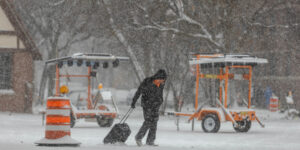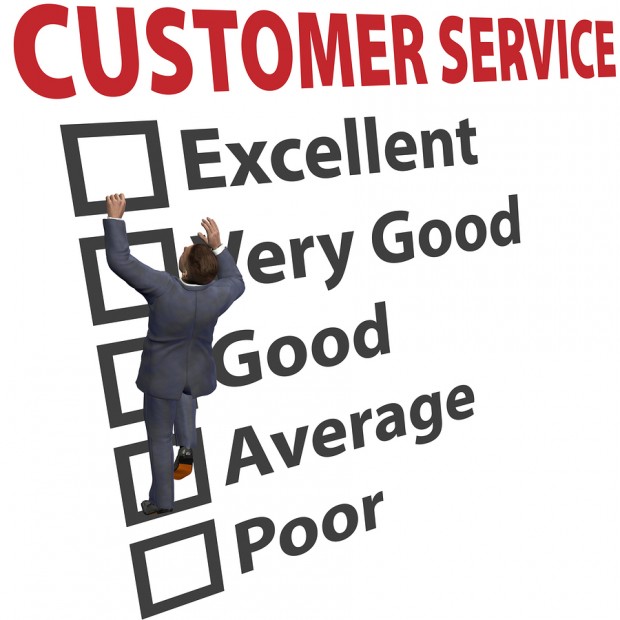 About 26 percent of U.S. auto insurance customers have seen rate hikes so far this year, and they’re not happy. However, it looks like clear communications from carriers can help mitigate any price dissatisfaction.
About 26 percent of U.S. auto insurance customers have seen rate hikes so far this year, and they’re not happy. However, it looks like clear communications from carriers can help mitigate any price dissatisfaction.
The J.D. Power 2017 U.S. Auto Insurance Study points out that record numbers of miles driven, higher collision frequency and severity, and extreme weather have combined to dampen U.S. auto insurance profitability, which led to those rate hikes.
This, in turn, is dampening customer satisfaction, according to the study. While customers are rating other aspects of their experience higher, their price satisfaction ratings dropped, J.D. Power said.
One reason why, according to the study:
- The number of customers receiving an annual rate increase of more than $200 per vehicle more than doubled during the past four years. Not surprisingly, price satisfaction scores among customers who receive a price increase of $200 or more are, on average, 188 points lower than among those who experience price increases of just $25 or less.
J.D. Power said that these results show auto insurers need to do a better job of increasing the perception of value in the services they provide even as prices rise.
“Differentiating on service and demonstrating the value of the policy for premiums paid is going to be the key to improving customer satisfaction,” Greg Hoeg, vice president of U.S. insurance operations at J.D. Power, said in prepared remarks.
He acknowledged that loss increases make premium increases inevitable, because carriers must stay profitable. But carriers will lead the pack, he said, by showing very clearly that the price hikes come along with value, including “smooth claims processing, exceptional customer service and a greater selection of offerings.”
Hoeg recommended that insurers working to emphasize customers are getting their money’s worth should also focus on initiatives including usage-based insurance programs.
Here are some key findings:
- Overall customer satisfaction with U.S. auto insurers is improving in 2017 and is now at a historically high level (819 on a 1,000-point scale). But satisfaction scores in the price factor have declined for a second consecutive year.
- Satisfaction scores average 726 among customers who experience premium increases of $25 or less. Among those with an increase of $200 or more, satisfaction declined by 188 points to an average of 538.
- While satisfaction at the national level dipped just 1 point so far 2017, there are wide variations in price satisfaction at the regional level. Texas has seen the sharpest decline
(-13 points) after a number of catastrophic losses and collision losses related to hail storms. New York comes next(-10 points), followed by the Northwest region (-9 points) and the Southwest region (-5 points) among those regions experiencing the largest year-over-year declines in price satisfaction. - Telematics, or usage-based insurance programs seem to help counter customer perception of price. Price satisfaction scores are between 54 and 72 points higher among customers who are usage-based insurance participants, even when those participants have experienced premium increases.
- Clarity and transparency in policy coverage can reduce the negative impact of insurer-initiated price. Satisfaction among customers who received a price increase averages 645, versus 768 among customers without an increase. If carriers notify customers of a price increase in advance of the change, provide helpful information on customers’ bills, and when customers say they completely understand their policy, price satisfaction averages 755.
Source: J.D. Power





















 The Hardest Part of Innovation in Insurance Isn’t Technology; It’s Culture
The Hardest Part of Innovation in Insurance Isn’t Technology; It’s Culture  What to Expect in 2026: U.S. P/C Results More Like 2024
What to Expect in 2026: U.S. P/C Results More Like 2024  A Practical Blueprint: The Five Plays of an Innovation Culture
A Practical Blueprint: The Five Plays of an Innovation Culture  The Future of Knowledge in Insurance: From Training to AI-Powered Productivity
The Future of Knowledge in Insurance: From Training to AI-Powered Productivity 









